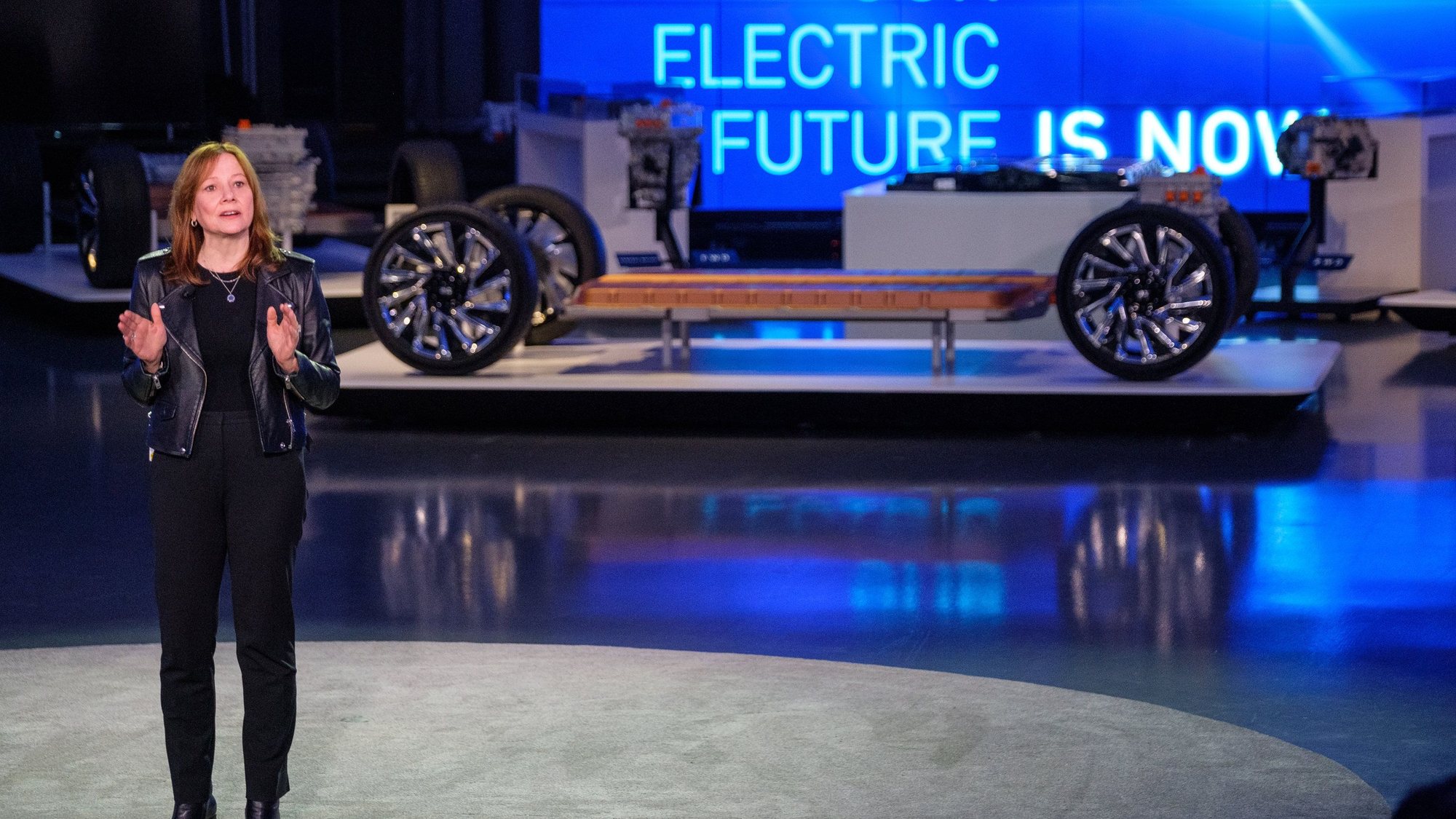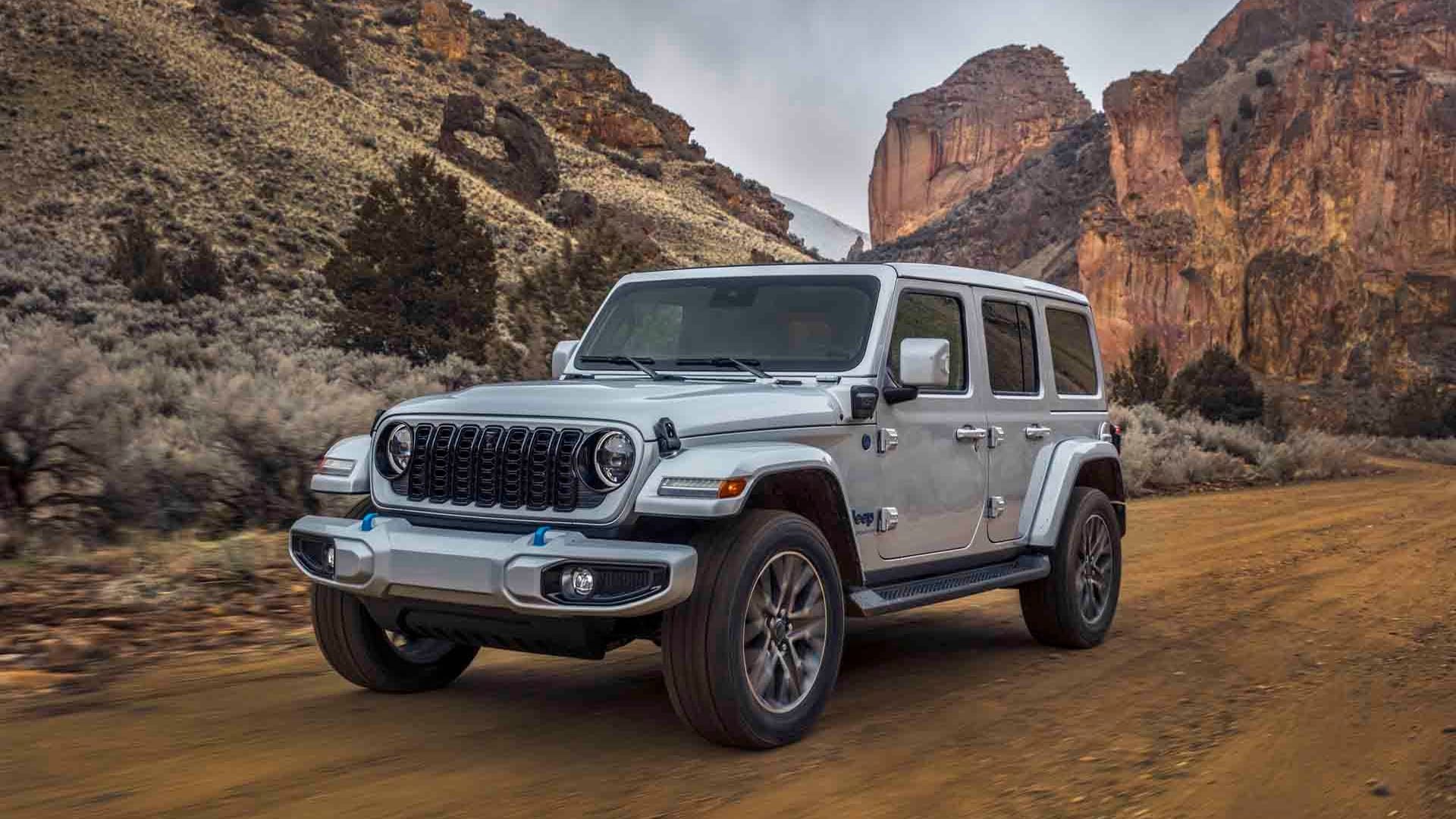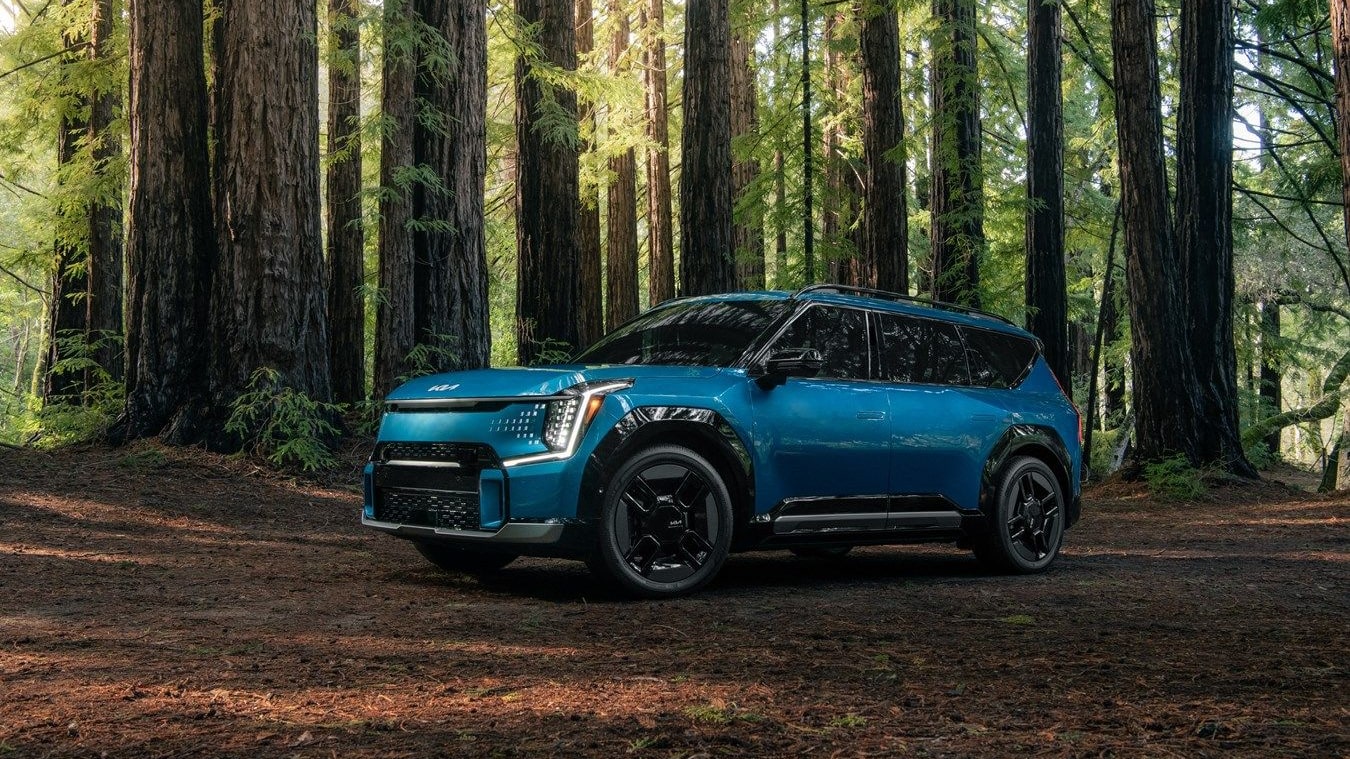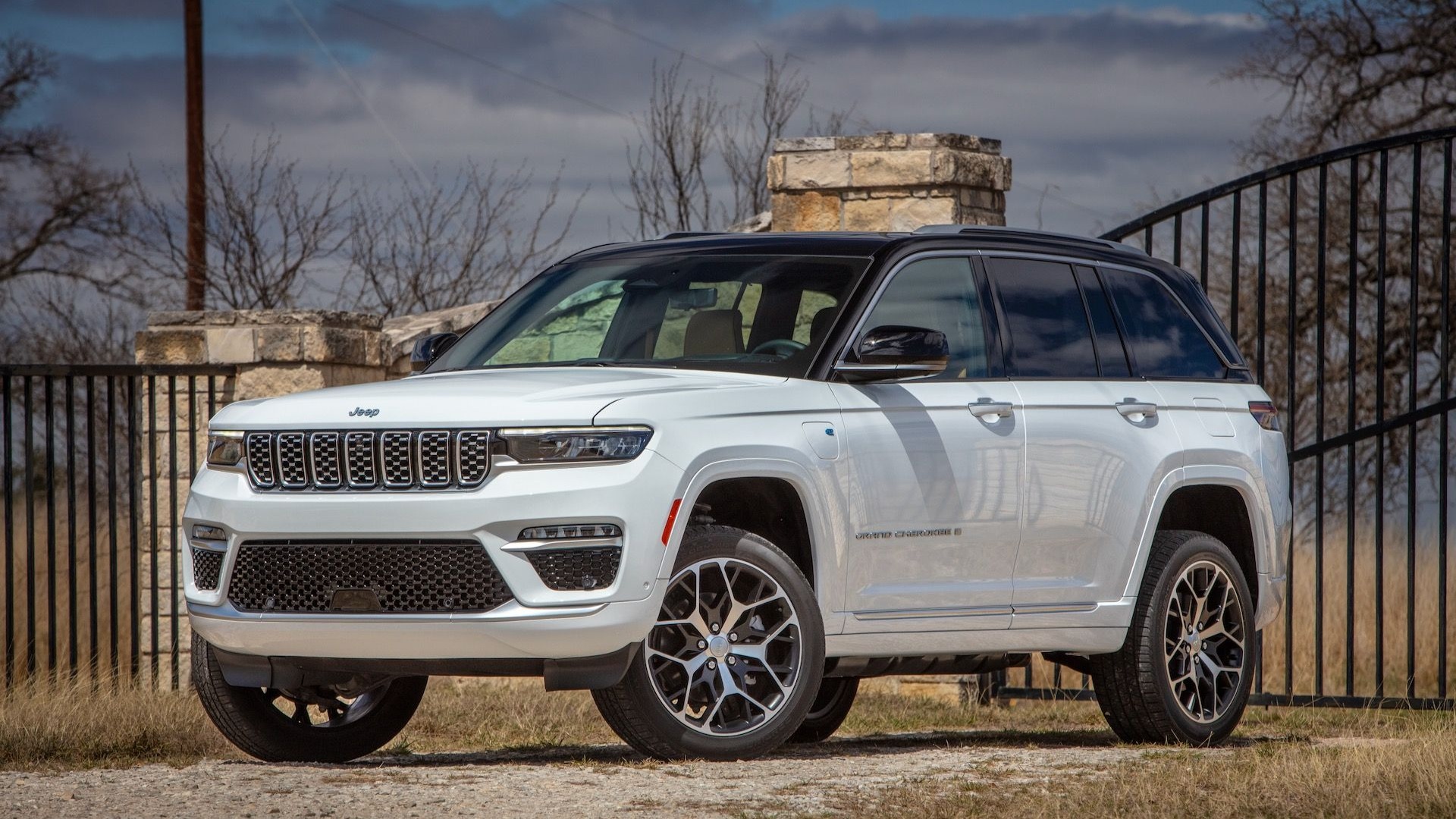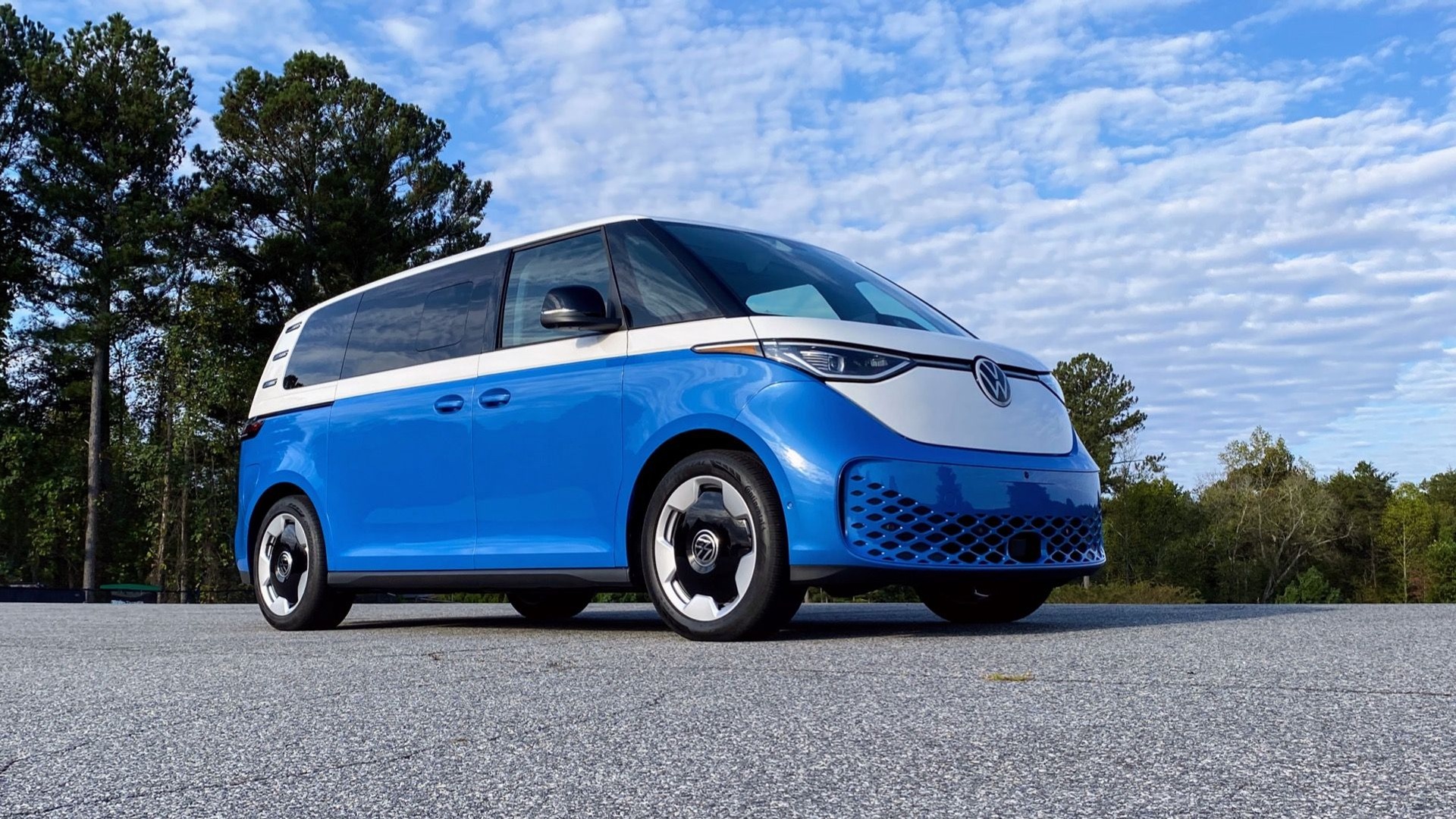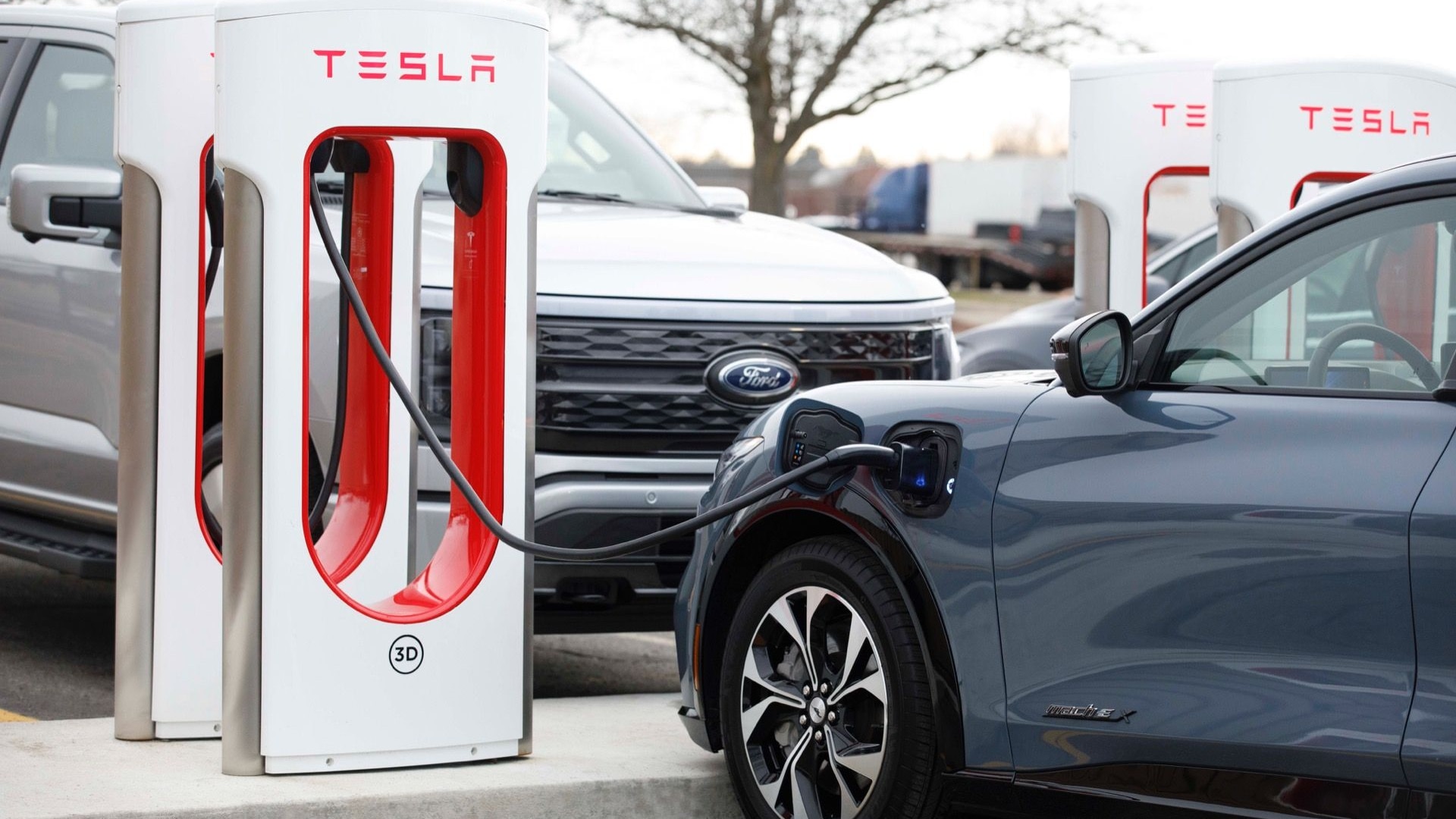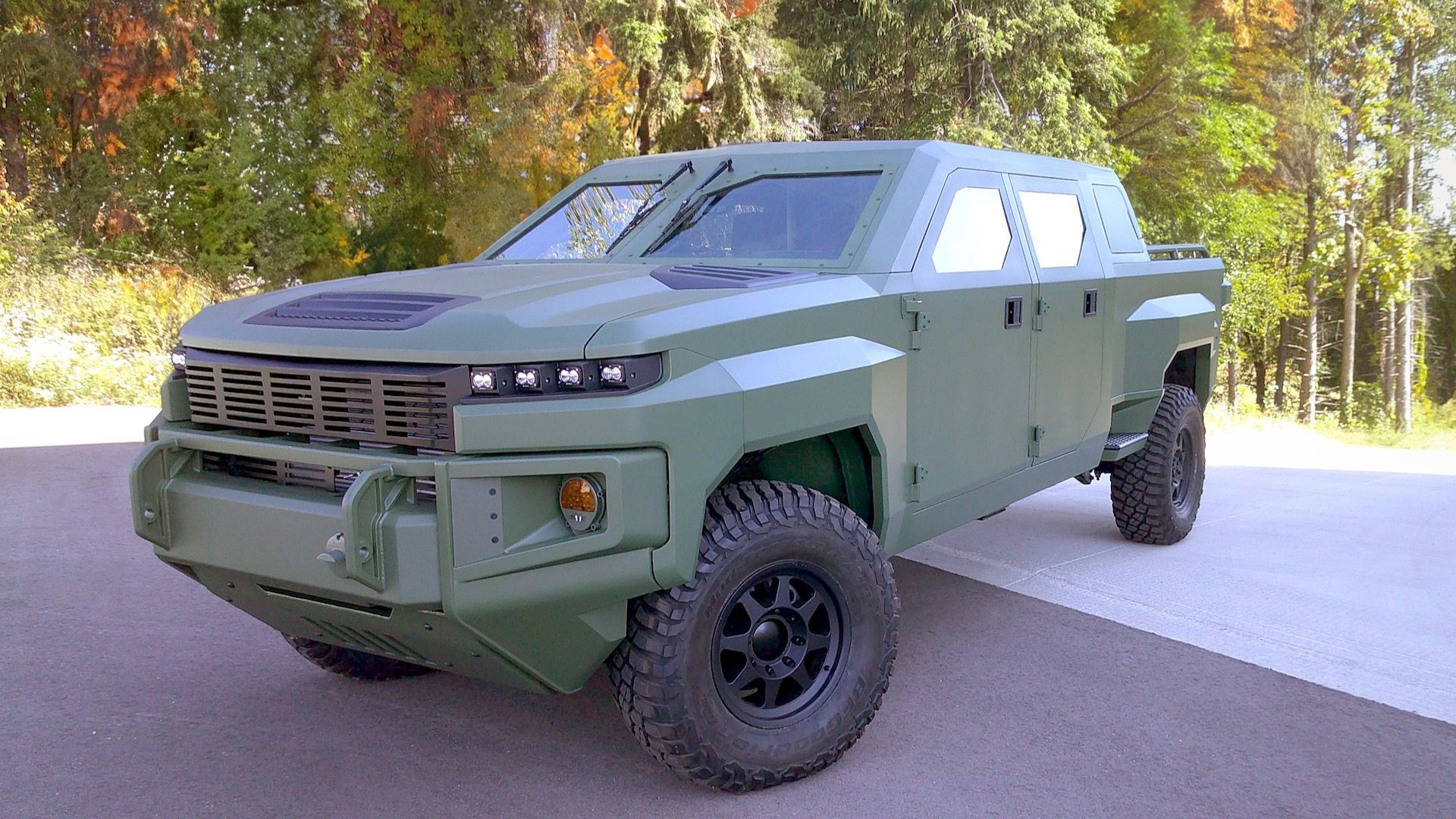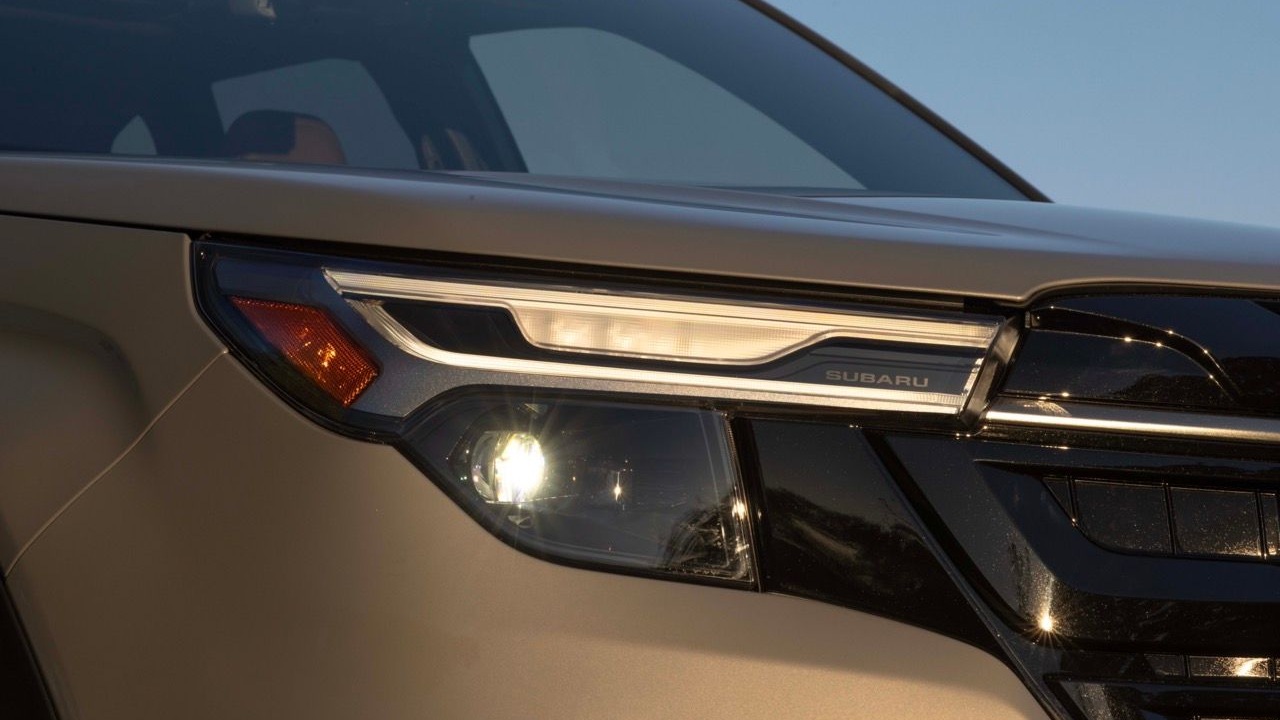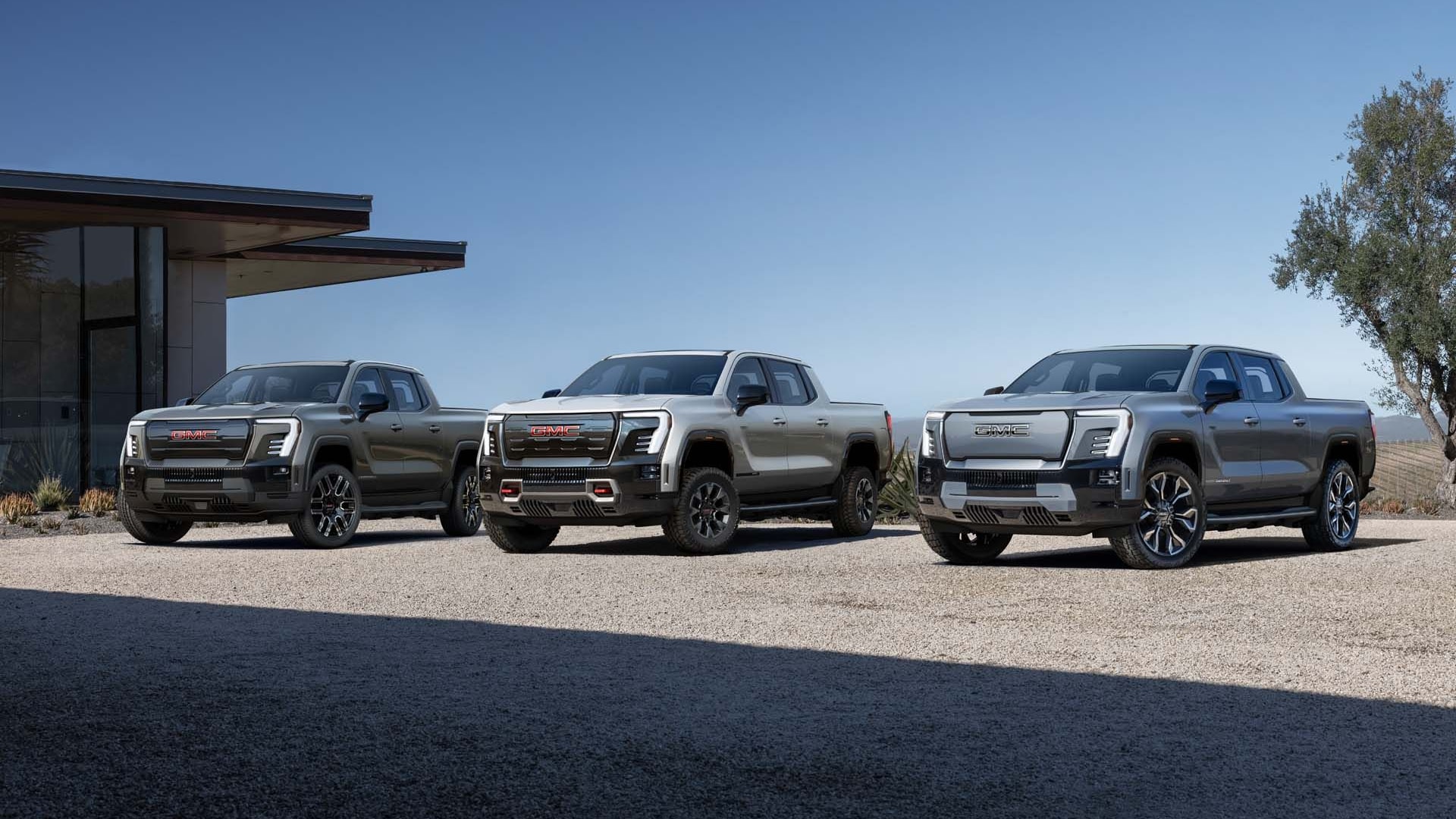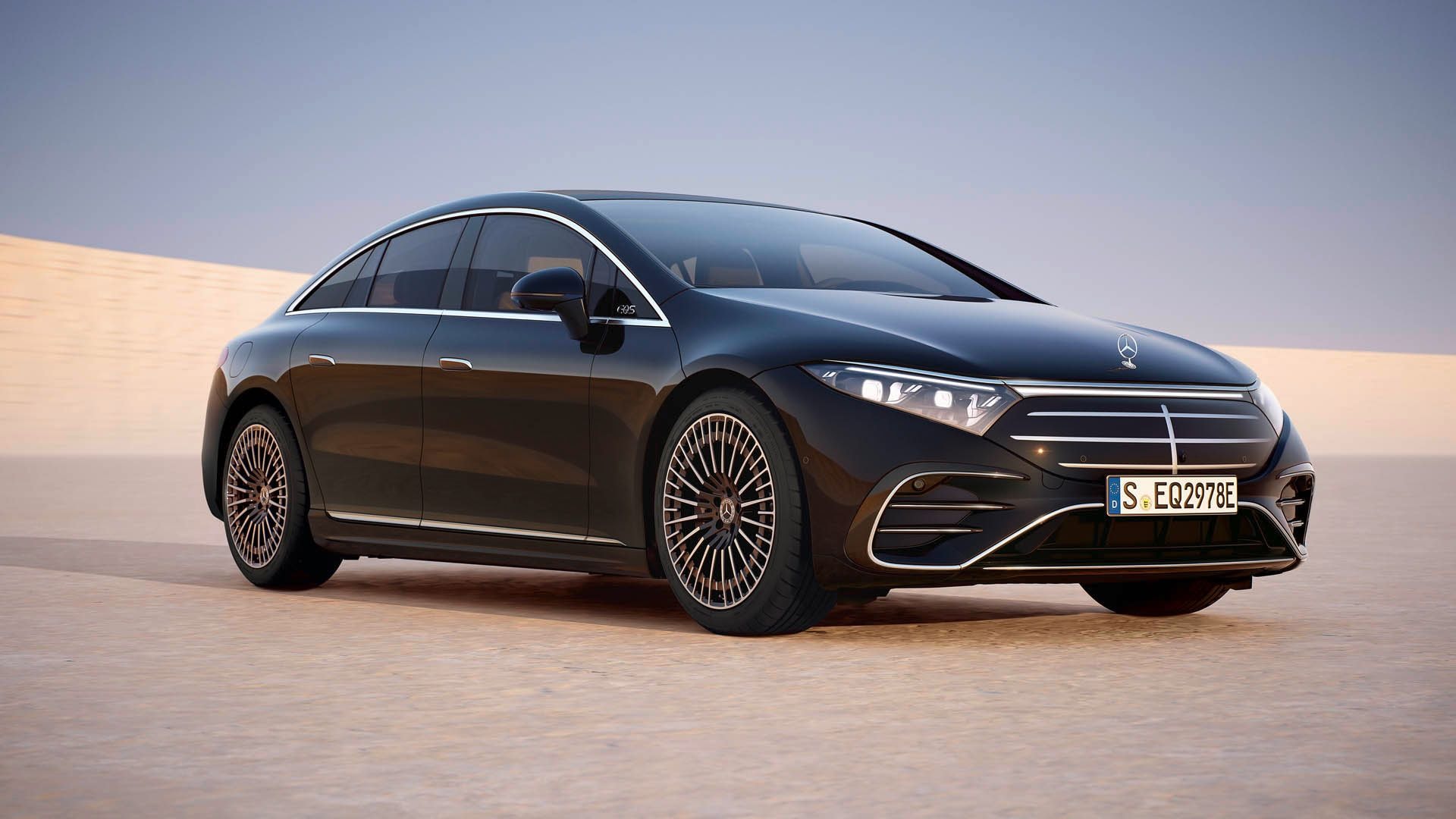When it comes to increasing fuel economy, cutting weight is a good place to start.
But even with stricter fuel-economy standards pending, new cars are getting bigger.
The average new vehicle's "footprint"—the rectangle formed by its wheelbase and track width—hit a record 49.9 square feet in the 2015 model year, according to the Environmental Protection Agency (EPA).
DON'T MISS: 2017 Porsche Panamera shows just how complex saving fuel has gotten
That's up by about 1 square foot from 2008, when the agency first began tracking it.
The EPA believes this is largely due to increased sales of trucks and SUVs brought on by low gas prices.
But the fuel-economy standards themselves be part of the issue?

2017 Buick LaCrosse
Current Corporate Average Fuel Economy (CAFE) rules assign a fuel-economy and carbon-dioxide emissions target to each footprint size.
While improvements for each size are required every year, they are set on a curve, with smaller cars facing tougher targets than larger ones.
ALSO SEE: Buick Verano to die as yet another small sedan gives way to SUVs
That means increasing a vehicle's size by even a few inches can lower its fuel-economy target, notes Automotive News.
The industry trade journal uses the redesigned 2017 Buick LaCrosse sedan as an example.
The new LaCrosse is 1.2 inches wider than the previous model, with a 2.7-inch longer wheelbase.

2016 Honda Civic Touring
That's up from the previous generation's 35.7 mpg target, but still 1.4 mpg less than the target GM would have had to achieve if it carried the smaller 2016 LaCrosse forward into the new model year, according to calculations by the Union of Concerned Scientists.
MORE: Battle over CAFE standards begins now: will they change for 2022-2025?
Since the footprint-based standards took effect in 2012, 21 out of 25 redesigned models got bigger, says Automotive News.
The EPA does not believe that automakers are inflating their cars to exploit the rules, though, arguing that it is still harder to achieve the targets with larger cars because of the weight added by increasing the size of the body.
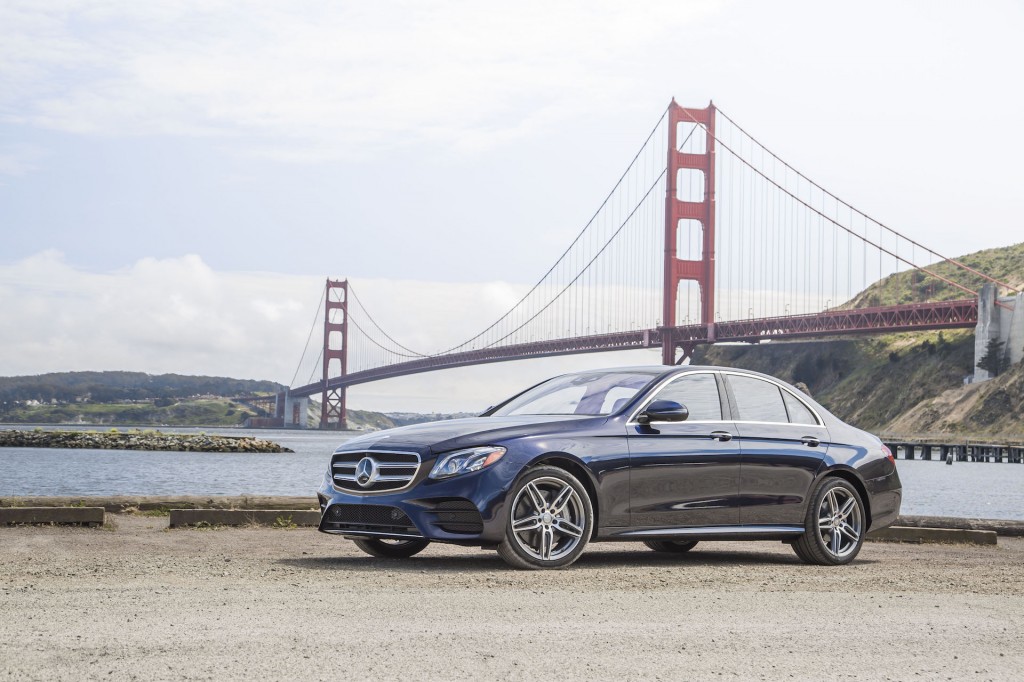
2017 Mercedes-Benz E-Class (E300)
Other factors such as design, interior space, and the need to perform well in crash tests may also be related to the trend toward larger cars.
Consumers are also flocking to trucks and SUVs, something that has placed the future of CAFE standards for 2022 to 2025 in question.
In a joint report released last month, regulators concluded that carmakers might not quite reach goal of an average 54.5 mpg (or about 38 mpg on window stickers) for vehicles sold in the U.S.—due to the combination of cheap gas and higher sales of SUVs than expected.
_______________________________________________
